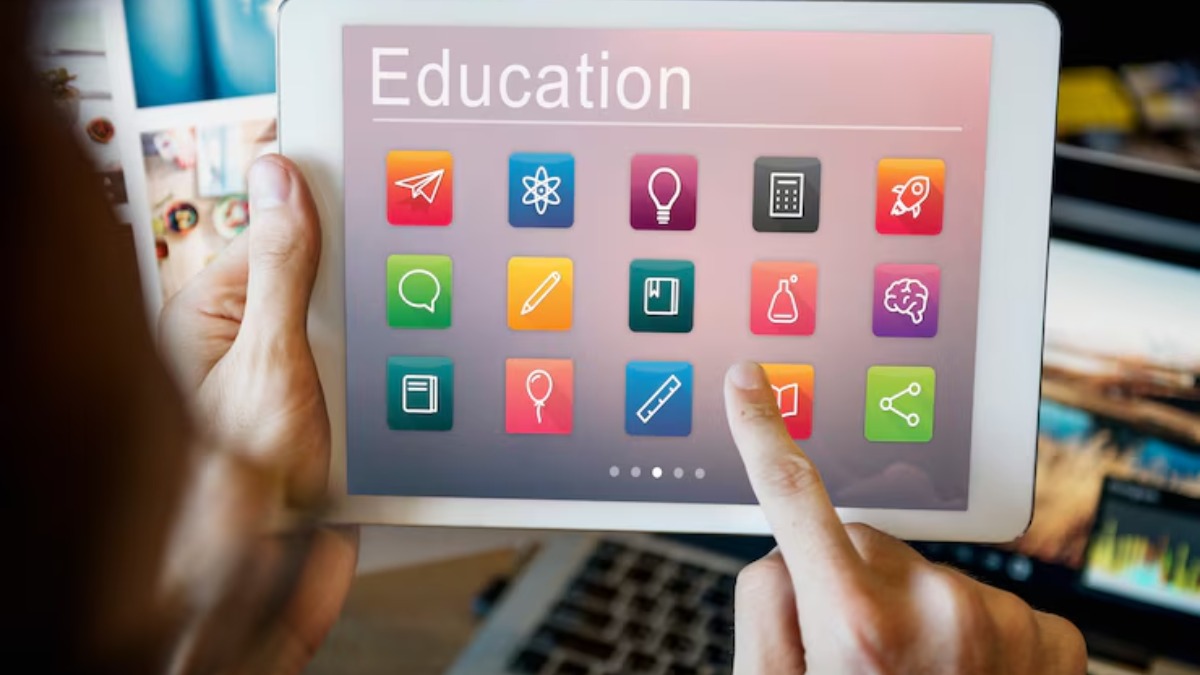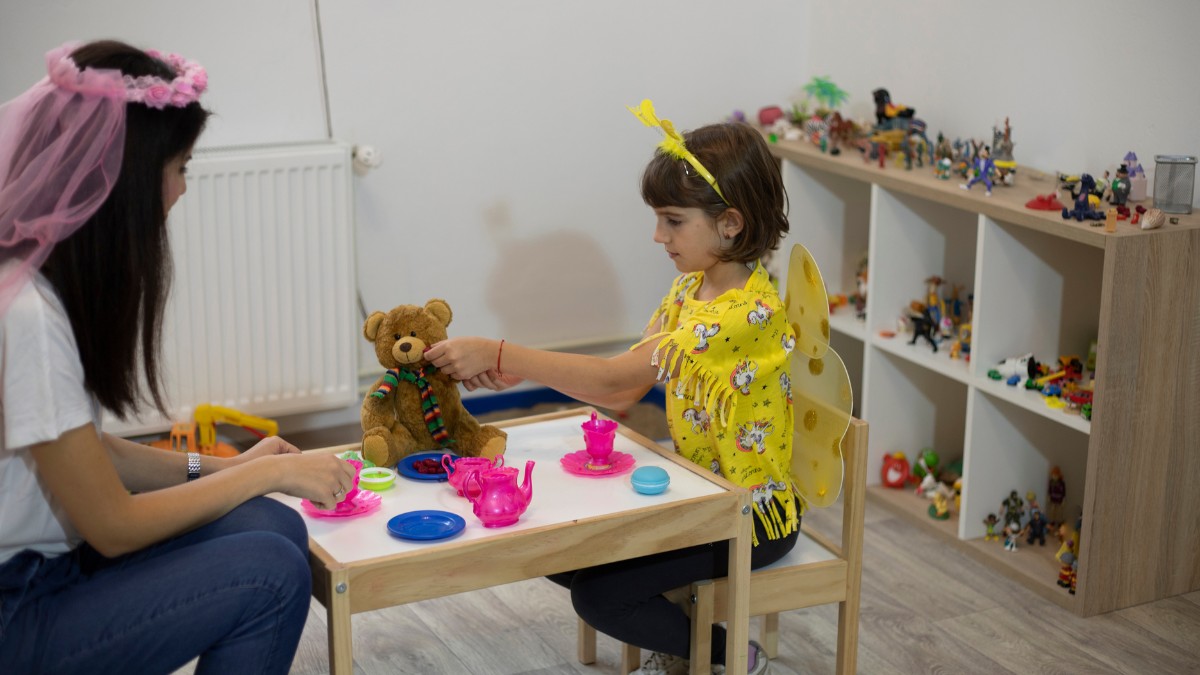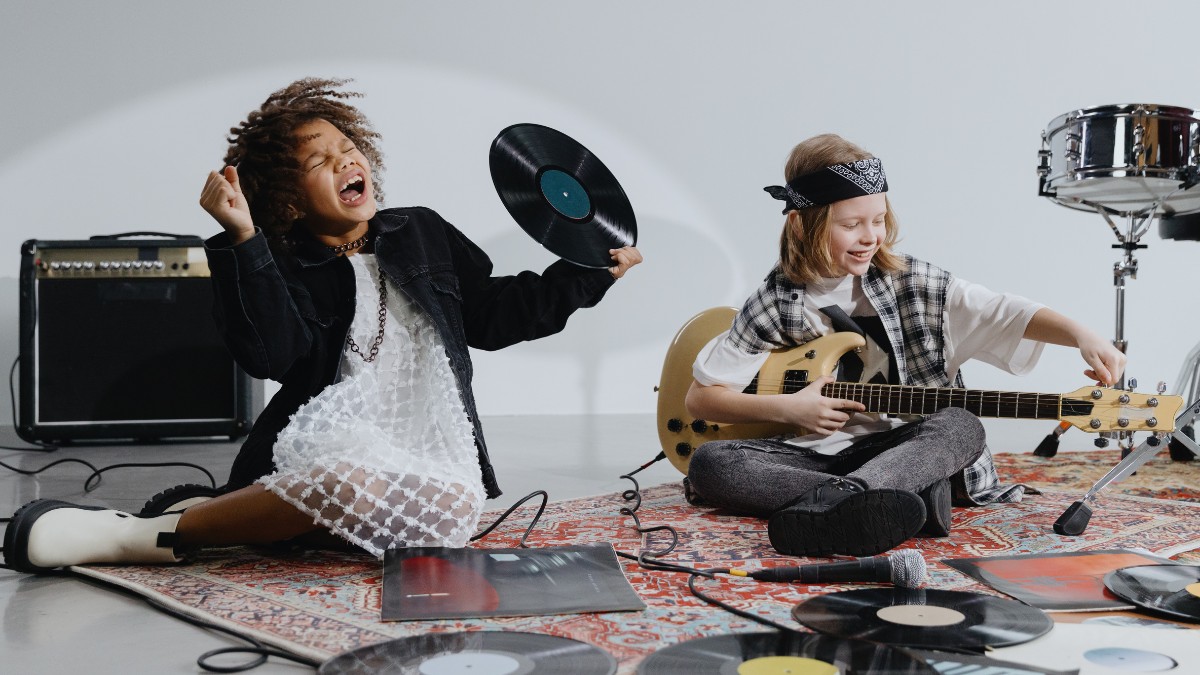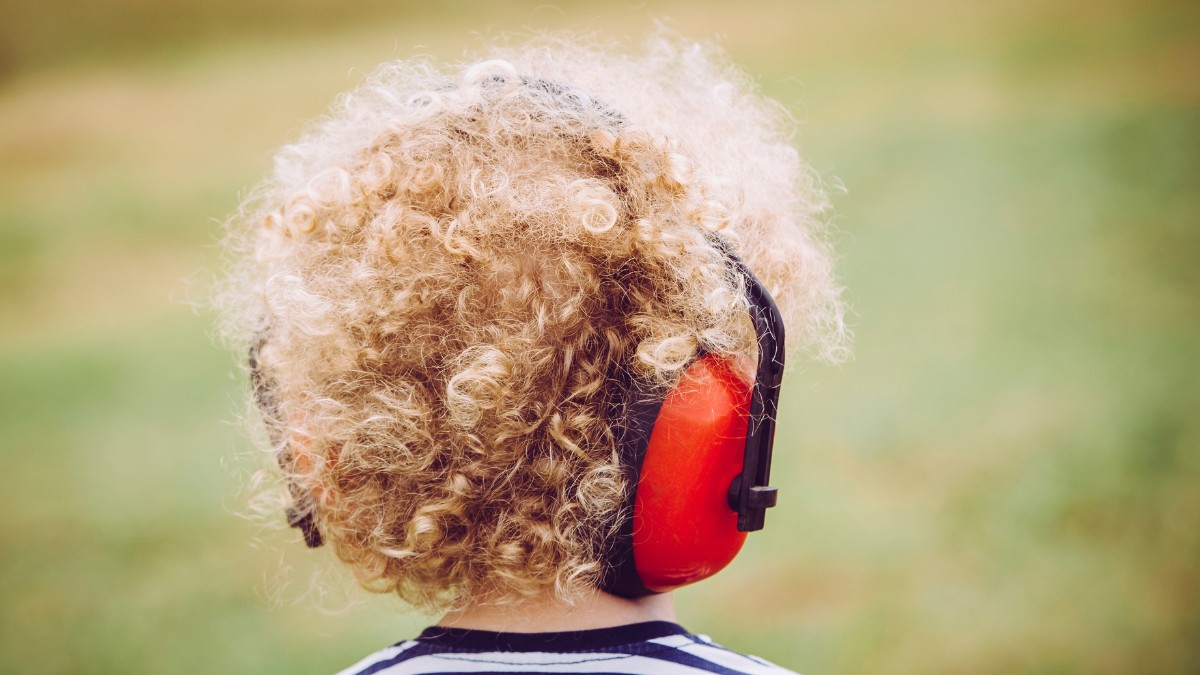Key Points:
- There are many helpful apps for autistic students that can support learning, communication, and social skills.
- These apps can provide structured routines, visual schedules, and communication aids.
- Choosing the right app is key to supporting the individual needs of each autistic child.
For parents and educators of children with autism, finding effective tools to support learning and development is crucial. One of the most promising areas for helping autistic students is the use of technology.
Apps for autistic students can serve as valuable tools for improving areas such as language learning skills, a skill that up to 70% of children with autism experience difficulty with. By using the right apps, however, children with autism can gain confidence, enhance their independence, and engage more effectively in both school and home environments.
In this article, we will explore some of the best apps designed to help autistic students thrive in both academic and social settings. These apps cater to various needs, such as communication, sensory processing, behavior management, and routine building.
What are Autism Apps?
Autism apps are digital tools designed to support individuals with autism in communication, learning, behavior management, and daily life skills. These apps often use visual aids, interactive features, and structured routines to help users navigate social situations, develop language, or improve focus and emotional regulation.
Many autism apps are tailored for different age groups and needs, ranging from early childhood communication tools like speech-generating apps to organizational aids for teens and adults. Caregivers, educators, and therapists often use these apps to reinforce therapy goals, track progress, and promote independence. With the right app, individuals on the autism spectrum can gain greater confidence and improve their quality of life.
What are the Best Apps for Autistic Students?
There are many great apps designed to support children with autism in their learning and daily activities. The best apps will depend on the child’s specific needs, but some apps have received praise for their effectiveness in various areas.
From communication tools to behavior tracking and sensory support, the apps listed below cover a broad range of needs. These apps can help make education more accessible and enjoyable for children on the autism spectrum.
1. Proloquo2Go (Communication Aid)
Proloquo2Go is one of the most widely used augmentative and alternative communication (AAC) apps for non-verbal or minimally verbal children with autism. It helps children express themselves by using symbols and text-to-speech features.
This app is particularly effective for children who struggle with verbal communication. It’s customizable, allowing for adjustments based on the child’s specific needs and communication preferences.
2. Autism iHelp (Learning & Development)
Autism iHelp offers various educational activities that focus on basic vocabulary, matching, and categorization skills. It’s ideal for younger children or those who are just beginning to learn new words and concepts.
The app uses pictures, sounds, and touch interactions to help children develop essential skills, and it tracks progress over time to show areas of improvement.
3. Choiceworks (Routine & Schedule)
Routine and structure are essential for many children with autism, and Choiceworks helps build that structure. This app offers visual schedules, which can be an excellent tool for helping children understand daily routines and transitions.
With customizable features, parents and educators can create personalized schedules for tasks, appointments, or even breaks, making it easier for children to anticipate and manage their day.
4. Behavior Tracker Pro (Behavior Tracking)
Behavior Tracker Pro helps parents, teachers, and therapists monitor specific behaviors and track progress. This app is useful for children who need to focus on improving certain behaviors, like impulse control, attention span, or emotional regulation. The app allows users to log incidents of positive or negative behavior and provides data analysis to assist in modifying strategies.

How Can Apps Help with Communication and Social Skills for Autistic Students?
For children with autism, communication and social interactions can be significant challenges. Many autistic children struggle with verbal communication, while others have difficulty understanding social cues or engaging with peers. Apps for autistic students can be powerful tools to improve both communication and social skills.
AAC Apps
For children who are non-verbal or have limited speech, augmentative and alternative communication (AAC) apps can provide a platform to express themselves. These apps typically use symbols, pictures, or text-to-speech technology to help children form words or sentences. This allows children to communicate their needs, wants, and feelings more effectively.
Social Skills Training Apps
Social skills training apps are essential for autistic children who have difficulty interpreting social cues, understanding facial expressions, or knowing how to initiate and maintain conversations.
These apps may include interactive lessons, games, or role-playing scenarios that simulate real-life situations. By practicing these social situations in a low-pressure environment, children can gain confidence in their social interactions.
Speech Therapy Apps
Apps like Articulation Station and Speech Blubs offer speech therapy exercises that focus on improving articulation and phonological awareness. These apps help children with autism develop clearer speech patterns, practice pronunciation, and increase their ability to express themselves verbally.
Why are Visual Schedules Important for Autistic Students?
One of the core needs for many autistic students is consistency and predictability. Visual schedules are a critical tool in providing this sense of order. Apps for autistic students can use visual schedules to display tasks and transitions throughout the day, reducing anxiety and promoting more seamless transitions between activities.
Visual Structure and Routine
Children with autism often thrive in structured environments where they know what to expect. A visual schedule can lay out the day’s events, using pictures or icons to represent activities such as reading time, snack breaks, or playtime. This helps children anticipate changes in their routine and prepares them for what’s next.
Transition Management
Many children with autism find transitions to be difficult, especially when moving from one activity to another. Visual schedules help make these transitions more predictable and less stressful. Children can check the schedule and prepare for the upcoming activity, reducing the likelihood of meltdowns or confusion.
Independence Building
By using a visual schedule app, children can begin to take ownership of their routine. They can check the schedule independently and be prepared for upcoming events, fostering a sense of independence. This can also increase a child’s confidence in following through with daily tasks—an essential part of helping them grow more self-sufficient over time, as explored in Independence and Autism: How to Support Growth for Your Autistic Child.

How Do Apps for Autistic Students Help Manage Sensory Processing?
Many children with autism experience sensory processing challenges, meaning they may have heightened sensitivity to certain stimuli or become overwhelmed by too much sensory input. Certain apps are designed to help manage these sensory issues by offering calming exercises or creating a more controlled environment.
Calming Apps
Apps like Calm Counter and Breethe are designed to help children regulate their emotions and calm down in stressful situations. These apps typically feature breathing exercises, guided meditations, or calming visuals to help children relax when they’re feeling overwhelmed.
Sensory Integration Apps
Other apps, such as Sensory App House and Sensory Fun, provide various sensory experiences that can be tailored to the child’s needs. These apps include activities to stimulate or calm the senses, such as visual stimuli, sound effects, or vibrating motions. Using these apps, children can practice self-regulation and find strategies to cope with sensory overload.
Noise-Canceling Features
Some apps allow children to control the intensity of external sounds, providing noise-canceling features or white noise. This can help children with heightened auditory sensitivities concentrate or relax without becoming overwhelmed by environmental noise.
App Safety and Screen Time: Tips for Healthy Use
Managing app safety and screen time is an ongoing challenge for many families—especially those raising children with autism. Digital devices can offer educational and social opportunities, but without clear guidelines, they may also lead to overstimulation, inappropriate content exposure, or reduced real-world interaction.
Striking a healthy balance requires thoughtful boundaries, consistent routines, and intentional choices about the digital content children access. With the right approach, technology can become a supportive tool, not a barrier, to development and independence.
Here are some practical tips for maintaining safe and healthy tech use:
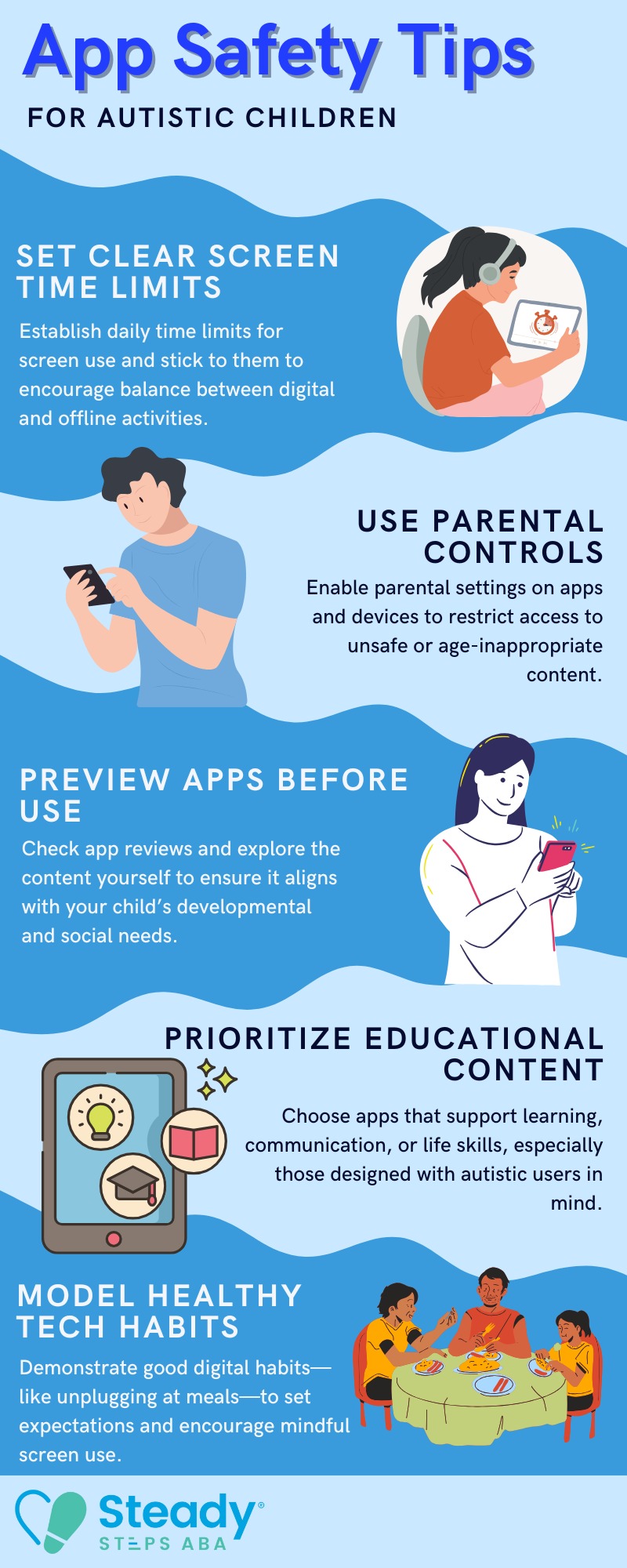
Support Your Child’s Development with ABA Therapy
As children with autism use apps to enhance their learning and communication, it’s essential to support their development in a comprehensive way. ABA therapy is one of the most effective treatments for children with autism, providing structured support to help children improve behavior, communication, and social skills.
At Steady Steps ABA, we specialize in providing personalized ABA therapy in Maryland to help children with autism reach their full potential. Our team of experienced therapists works closely with families to create tailored plans that focus on each child’s unique needs. Whether your child is using technology to enhance their education or engaging in hands-on therapeutic activities, we are here to support their growth every step of the way.
Contact us today to learn how our ABA therapy services in Maryland can help your child thrive both in and out of the classroom.

